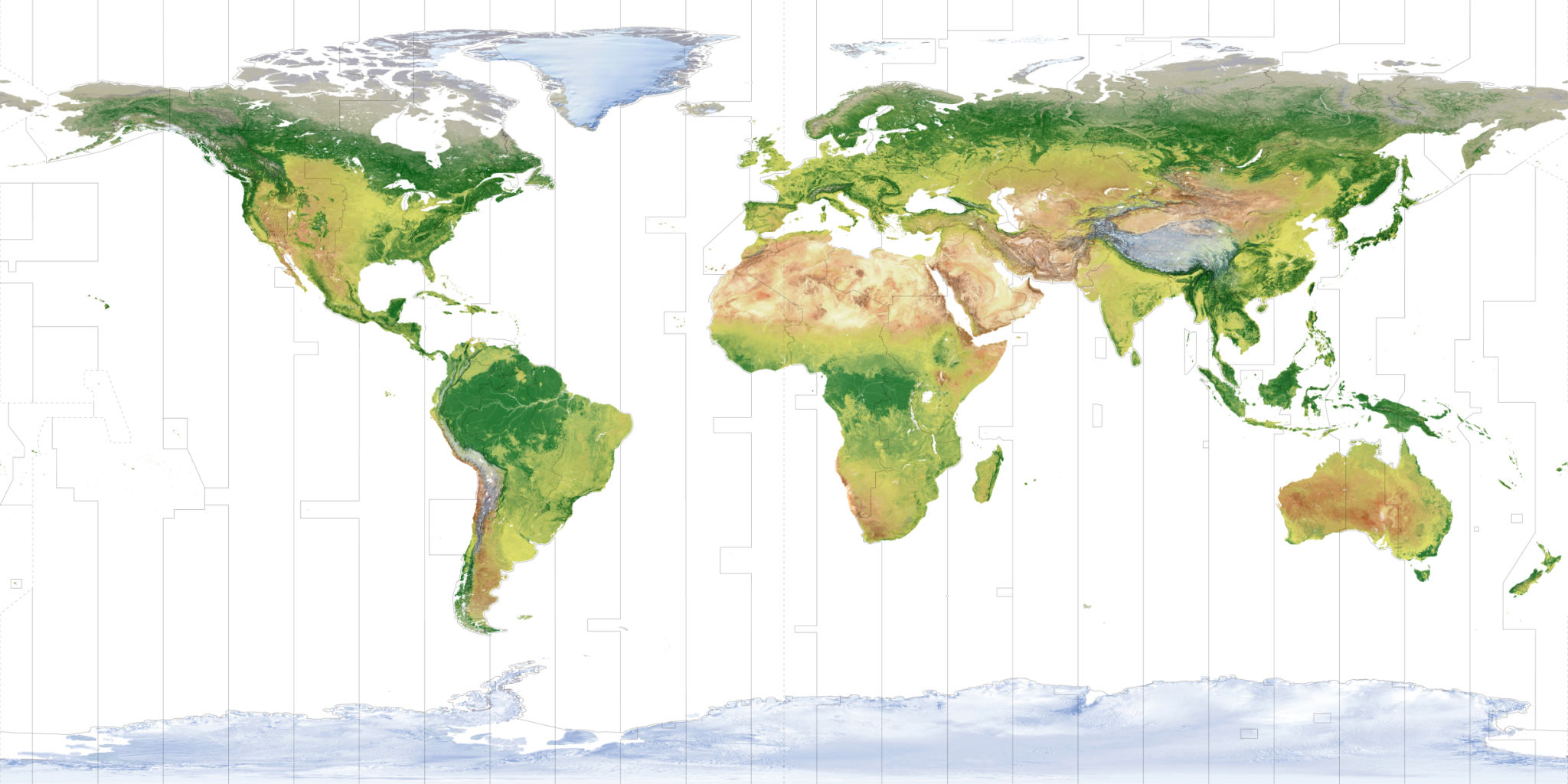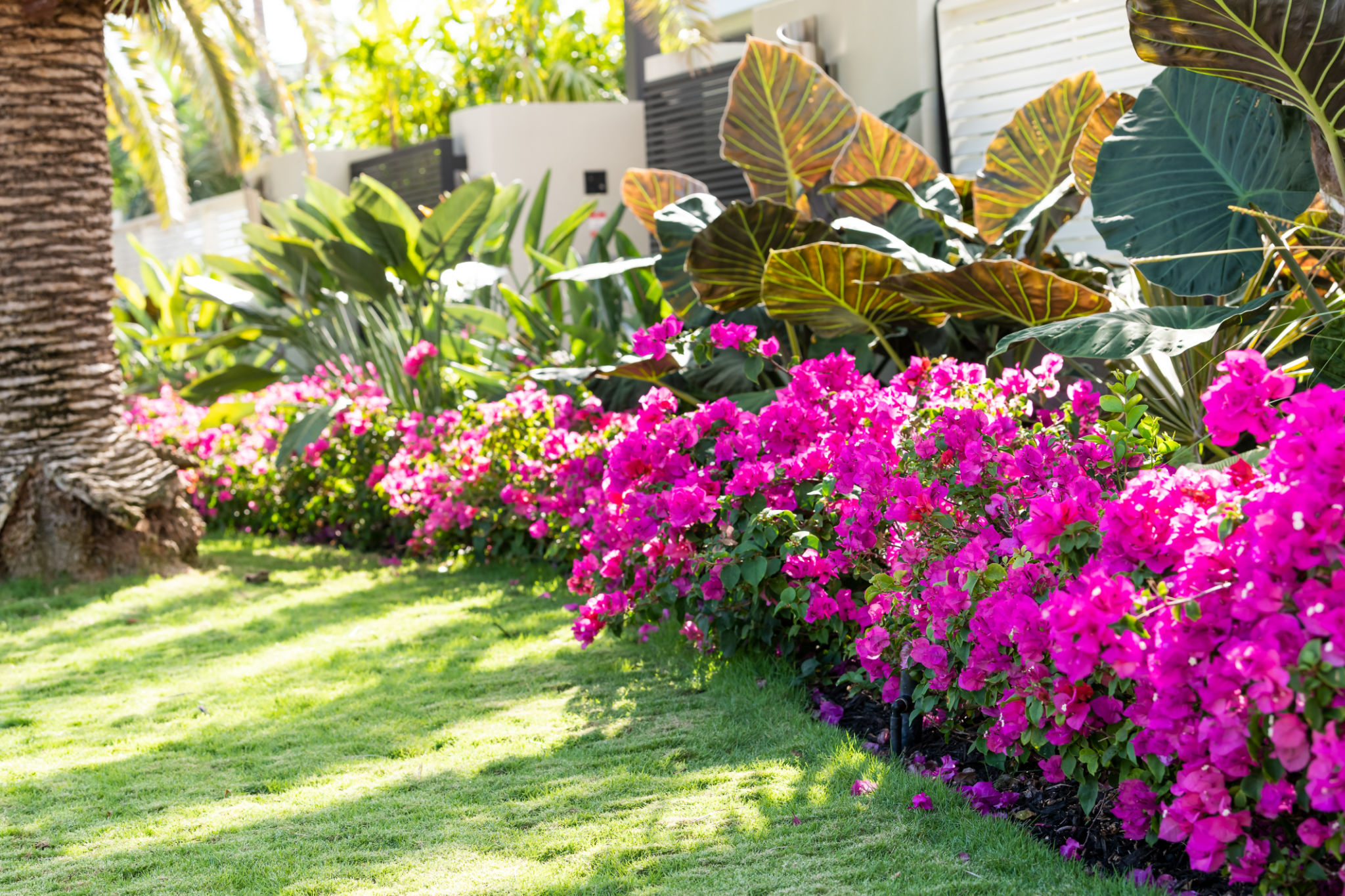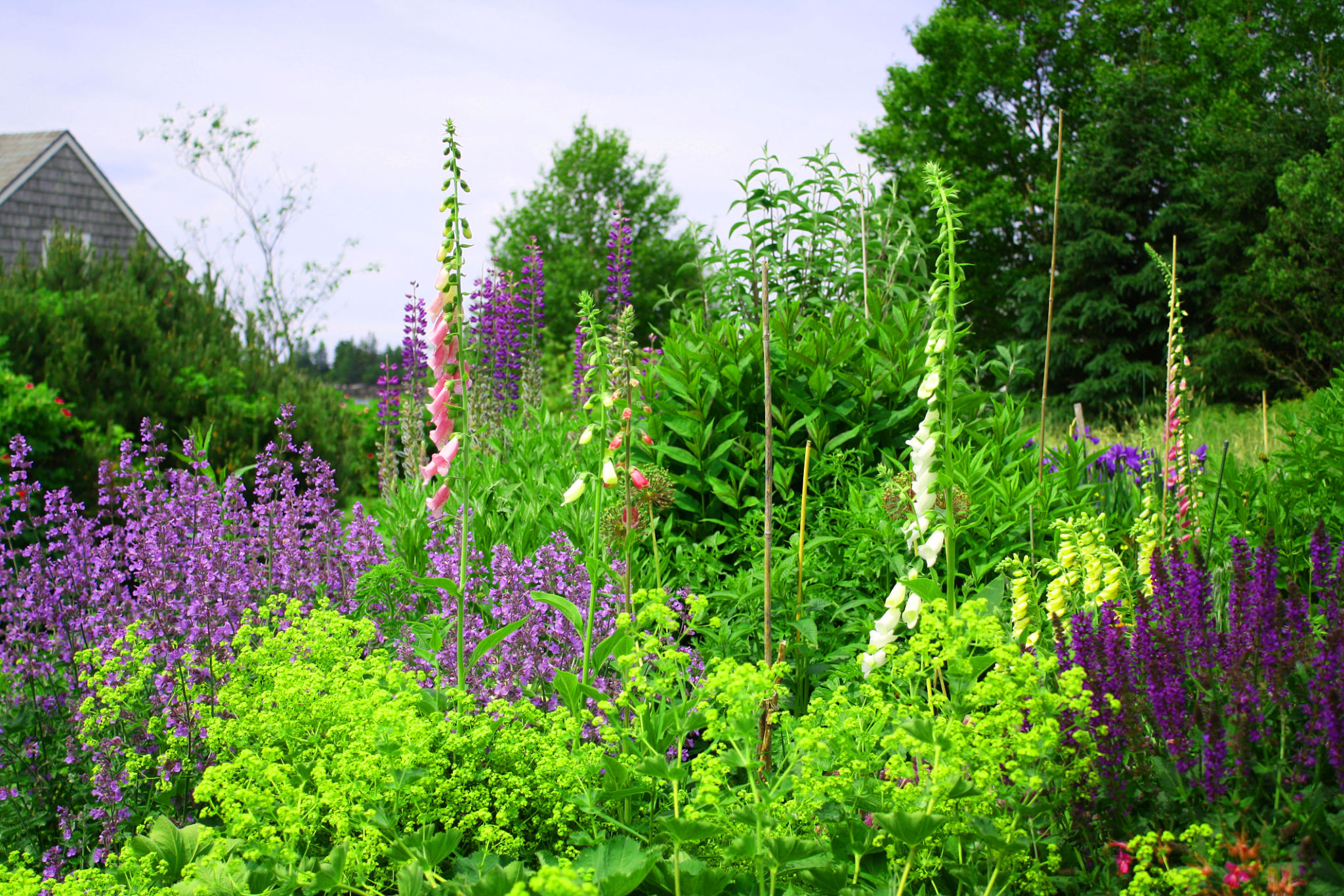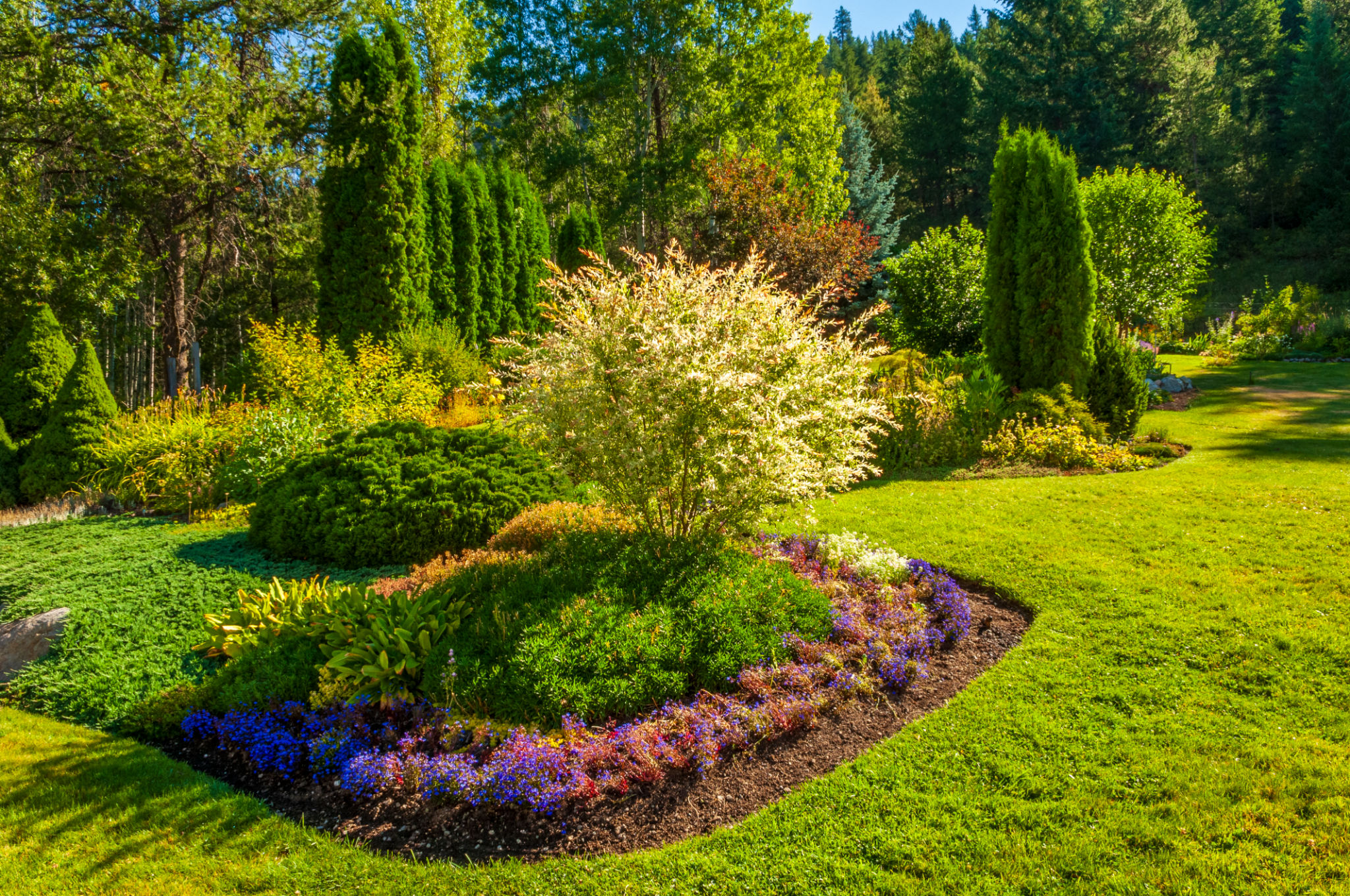How to Choose the Right Plants for Your Climate: A Regional Guide
Understanding Your Climate Zone
Before selecting plants for your garden, it’s crucial to understand your climate zone. The United States Department of Agriculture (USDA) Plant Hardiness Zone Map is a helpful tool that categorizes regions based on their average annual minimum winter temperature. Knowing your zone will help you choose plants that are more likely to thrive in your area.
Each zone is defined by a 10-degree Fahrenheit difference in the average annual minimum temperature. This means that plants suited for one zone may not survive in another. For instance, a plant that thrives in Zone 5 might struggle in Zone 9 due to the warmer climate.

Choosing Plants for Dry Climates
If you live in a dry or arid climate, such as parts of Arizona or Nevada, selecting drought-resistant plants is essential. These plants are adapted to survive with minimal water and can endure high temperatures. Succulents, cacti, and lavender are excellent choices for such regions.
Drought-resistant plants often have unique adaptations, such as thick leaves or deep root systems, allowing them to store water and access moisture from deeper soil layers. When planning your garden, consider incorporating these types of plants to reduce water usage and maintenance.

Plants for Humid Climates
For those residing in areas with high humidity, such as the southeastern United States, choosing plants that thrive in moist conditions is vital. Ferns, hostas, and hydrangeas are well-suited for these environments due to their ability to flourish with abundant moisture.
It’s also important to consider the potential for fungal diseases in humid climates. Opt for plants with good air circulation around them and ensure proper drainage to prevent root rot and other moisture-related issues.

Cold Climate Plant Selection
In colder regions, like the northern states or mountainous areas, selecting hardy plants that can withstand freezing temperatures is key. Evergreens, such as spruces and pines, along with perennials like daylilies and peonies, are great options for these climates.
Ensure that you plant them at the appropriate time of year to allow them to establish roots before the first frost. Mulching can also provide extra insulation to protect root systems during harsh winters.

Adapting to Coastal Climates
Coastal areas often present unique challenges due to salty air and sandy soil. Plants like beach grass, sea lavender, and coastal rugosa roses are not only salt-tolerant but also capable of thriving in these specific conditions.
When gardening in coastal regions, it's beneficial to use native plants that naturally adapt to the environment. This approach can lead to a more sustainable and low-maintenance garden.

Conclusion: Tailoring Your Garden to Your Climate
Choosing the right plants for your climate involves understanding the specific needs of your environment and selecting species that are naturally suited to thrive there. By taking into consideration factors such as temperature, humidity, and soil conditions, you can create a garden that not only survives but flourishes.
Remember, a well-planned garden tailored to your regional climate will require less maintenance, conserve resources, and provide you with a lush and rewarding outdoor space all year round.
